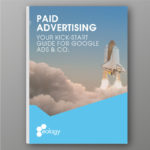
Google Tag Manager is a powerful tool that makes it much easier for website owners to implement and manage tracking codes and marketing tags. In this article you will learn more. ... Continue reading
| 06 min |
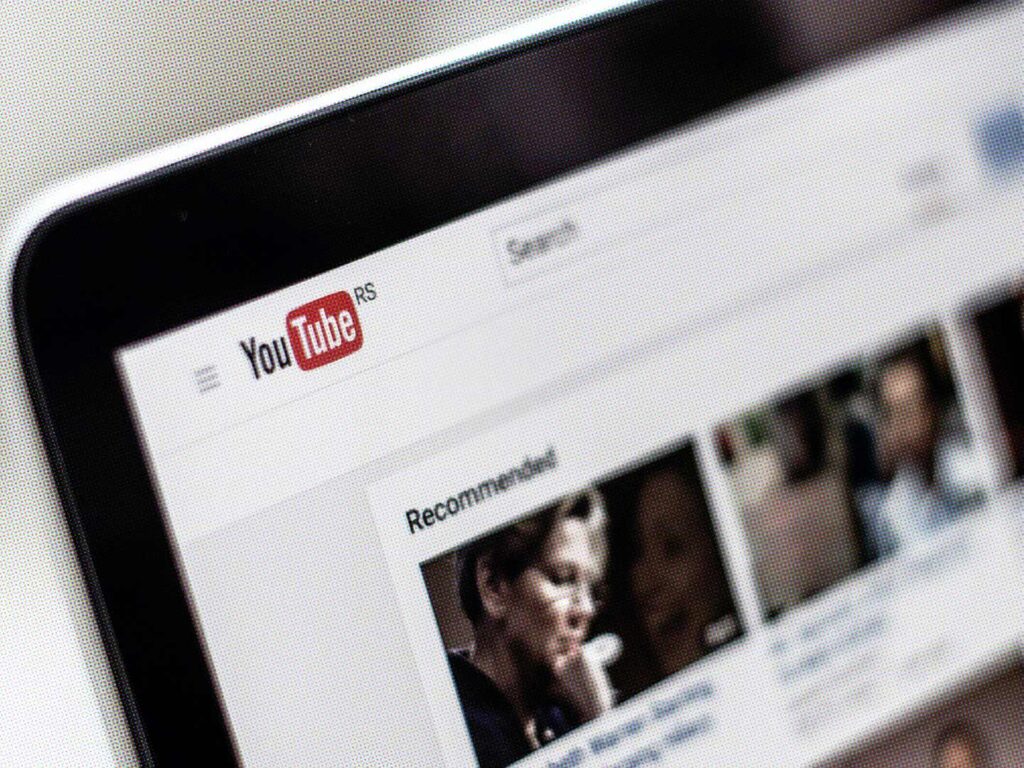

| 25 min |
History of the YouTube video platform
YouTube Today – Facts and Figures
YouTube Ads as a success factor for your advertising strategy
Targeting YouTube Ads: Addressing the right target group – but how?
This is how you create YouTube Ads
To the point: How to get even more out of your YouTube Ads
YouTube is a video portal that has evolved a lot over time, becoming a true search engine for videos. The platform was founded in February 2005 by Jawed Karim, Steve Chen and Chad Hurley. In August 2005, “Me at the Zoo” was the first video release. This is an 18-second clip featuring co-founder Jawed Karim at the San Diego Zoo.
Just 19 months after launch, the platform was bought out by Google. A little less than a year later came the first advertisements. Over the years, the portal developed other products such as YouTube Movies (2012), YouTube Gaming (2015) and YouTube Music (2018). Globally, the video portal is particularly popular among the younger generation, also known as Generation Z. Since 2018, there has also been an ad-free version of the platform: YouTube Premium. However, users have to pay for this service. The subscription costs €11.99/month (as of May 2020).
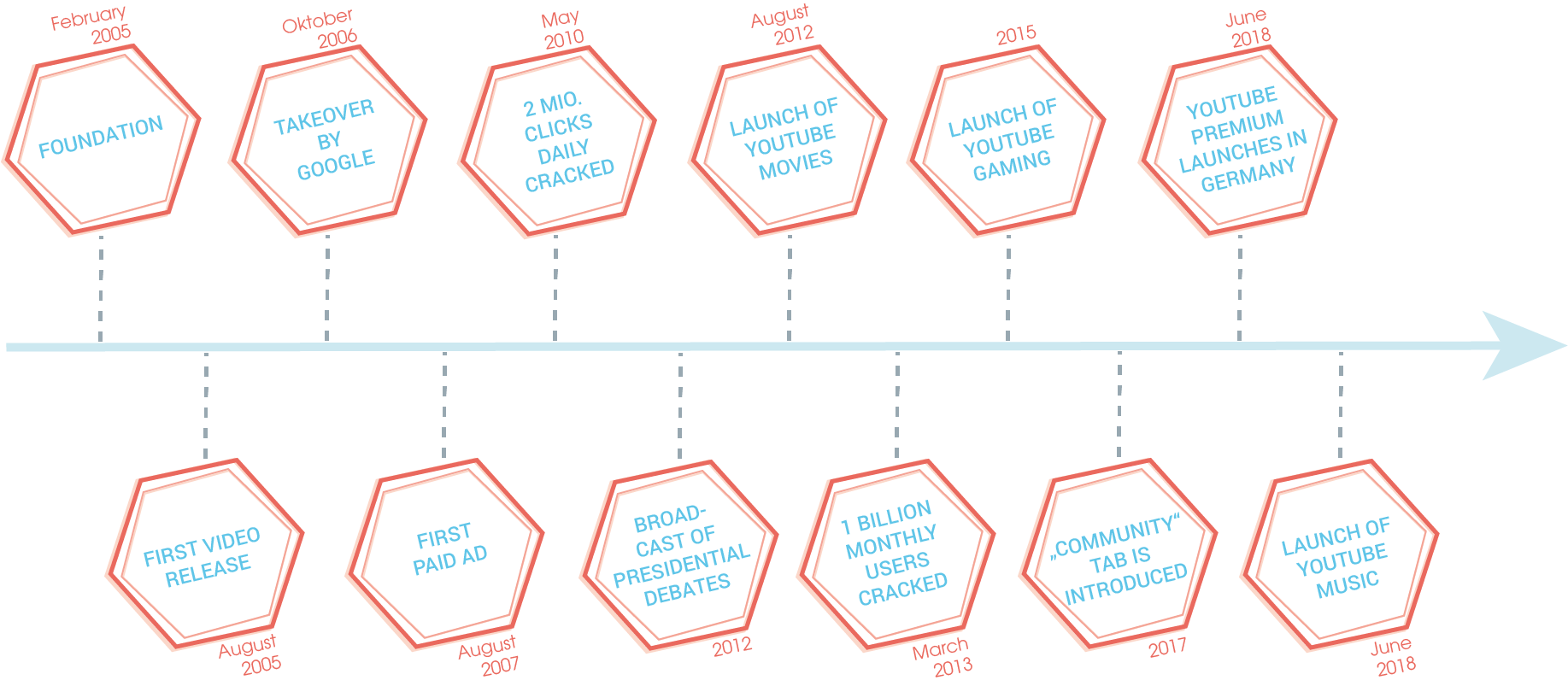
Today the platform enjoys a worldwide popularity and has with 2 billion monthly logged-in users an immense reach. This corresponds to almost one third of Internet users. Thus, the video portal is in second place among all social media channels – directly behind Facebook.
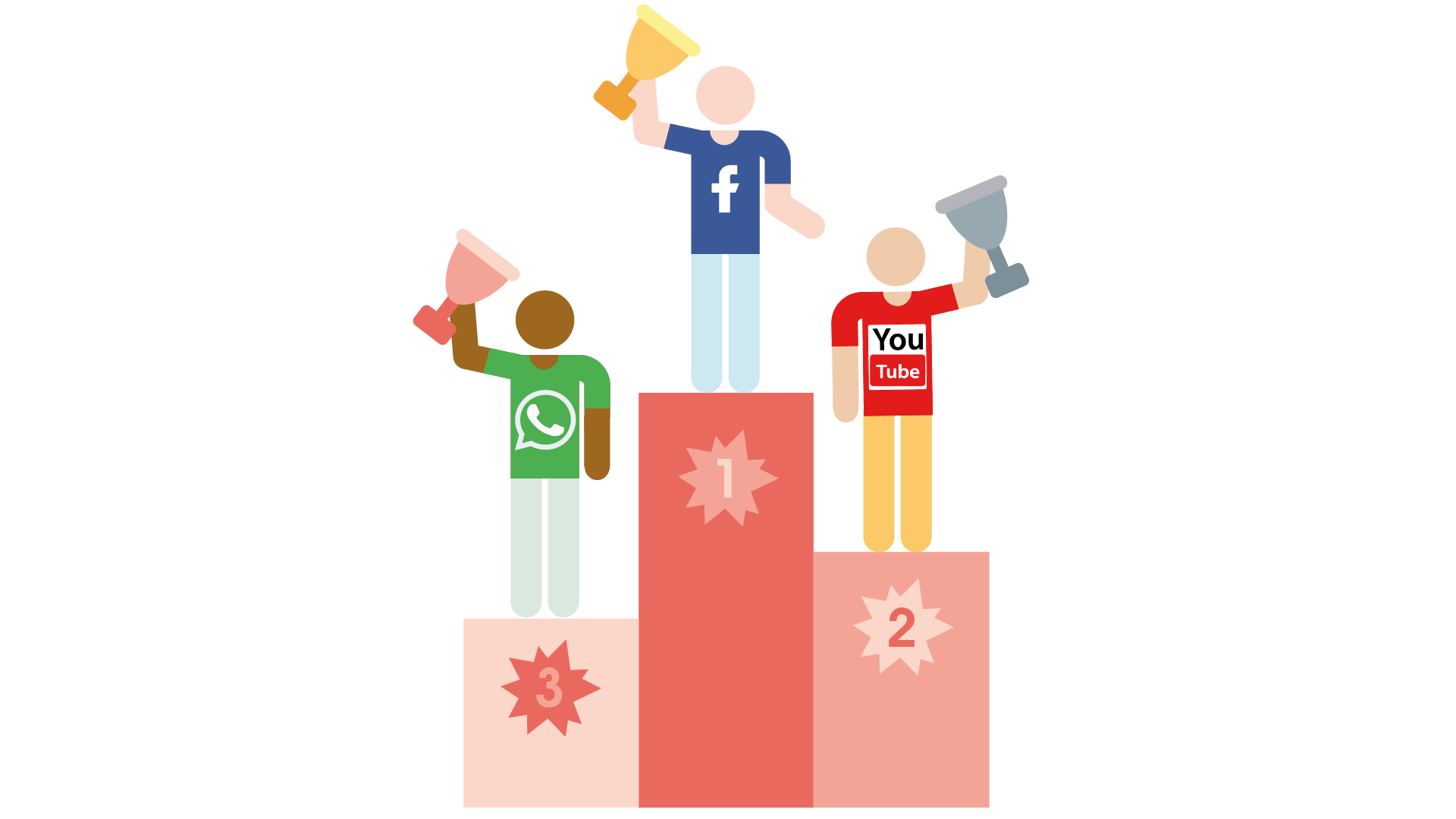
In the process, YouTube is increasingly displacing traditional television programming. This is not surprising because of the immense amount of video material. According to YouTube, a total of more than one billion hours of videos are viewed worldwide every day. The platform exists as a localized version for 91 countries and is available in 80 languages.
Another development: “YouTuber” is now a profession that many young people aspire to be. This involves running their own YouTube channel where they post various types of video content. From product reviews to video diaries to travel vlogs, i.e. blogs in video form, everything is represented here. There are now several channels that generate six-figure revenues on YouTube every year. Thanks to advertising revenue and sponsorship contracts, there are some very successful, well-known and financially independent YouTubers.
To protect their own content, there is the so-called Content ID since 2015. This is a system that identifies and manages content. When videos are uploaded to YouTube, they are checked and compared with a database. This allows YouTube to verify whether the “new” videos are similar to those submitted to YouTube by rights holders. This feature is used by record labels, television networks and film studios, among others, to place their content under copyright and prevent infringements against it.
“A picture is worth a thousand words” – this is a well-known phrase. If already a picture is so meaningful, probably nothing can stop a video. Nevertheless, the video platform is often underestimated. Users have concerns that the production of video ads is too costly and therefore not cost-effective. To dispel this prejudice, since April 2020 there has been a new free tool for YouTube Ads with which video ads can be created more effectively: The YouTube Video Builder. With this, even with little or no video footage, an ad can be created relatively quickly and easily.
But because different customers have different requirements for the nature of their ads, YouTube has different ad formats that are designed to support individual goals.
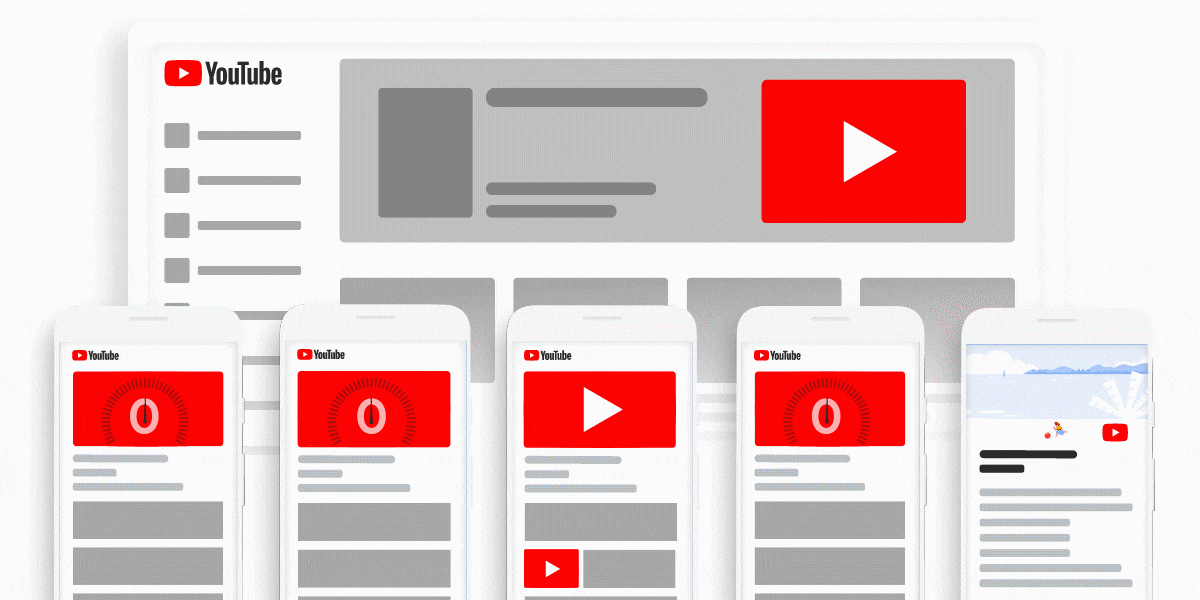
You can increase your brand engagement with this type of ad. Skippable in-stream ads can be skipped after 5 seconds, so it’s important to boil down the content to just that amount of time. If you manage to convince the user of your products in this short time, it will increase interactions with your other YouTube content or your advertised products.

The ads are played pre-, mid- or post-roll, what means before, during or after the video. Also, with this format, you are not limited to any specific device. The complete ad includes several elements:
Skippable ads are in principle free of charge as long as they have not been optimized for either action or reach. However, the ads become chargeable when a user views 30 seconds or more of them or a conversion is achieved. Thus, you can work well with skippable in-stream ads even with a smaller advertising budget, as the financial risk is relatively low. This is not least due to the fact that the ads tend to be skipped more often.
A clear advantage of this ad format is that the ad is also played out in Google’s display network if desired. This increases the reach and allows you to address a broader target group. Here, the ad is charged according to the CPV model, i.e. cost per view model, provided that the user views an ad for 30 seconds or longer.
You must select these targeting intentions for the Google Ads campaign to use skippable in-stream ads:
In addition, you can use this ad format if you select “Create campaign without target intent” in the campaign.
The disadvantage of non-skippable video ads in direct comparison with skippable ones is obvious: it’s more likely that users are annoyed by the fact that they have to watch the ad until the very end and cannot click it away. Non-skippable video ads are limited to 15 seconds. Thus, this ad format is absolutely mobile friendly, as a smaller amount of data and less time is required than with longer ad videos.

The ads are played out like the skipable ads: pre-, mid- and post-roll. Billing is based on the CPM principle. That means costs arise for you every time the ad is played out.
The advantage: users will always see your entire advertising message. Thus, it can be more detailed and extensive, making it easier for you to grab viewers’ attention and captivate them. However, caution is advised: The fact that the ad can’t be clicked away tends to cause displeasure among users. So think carefully about which products are best suited for this format.
You can set brand awareness and reach in your Google Ads campaign as target intent. As with skippable in-stream ads, you can also use “Create campaign without target intent” to use this format.
Bumper ads are also non-skippable. They are always played at the beginning of a video. However, the advantage over non-skippable video ads is that the ads are maximum 6 seconds long. Therefore, it is important for you as an advertiser to be as short and to the point as possible and still pick up your users and captivate them. A short, but memorable message is therefore particularly well suited for bumper ads. This is exactly where the art lies. Maybe some of the best practices from Google will help you and inspire you to create your own mini-clips. Just like non-skippable in-stream ads, bumper ads are also calculated with target CPM.
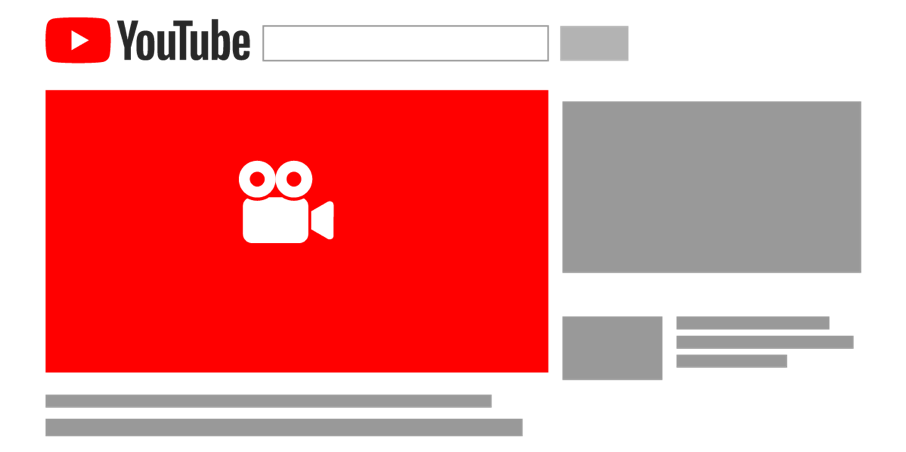
UTo run bumper ads, you need to set brand awareness and reach as target intent in your Google Ads campaign. Likewise, the whole thing works with the “Set campaign without target intent” option.
Discovery ads are played in different places:
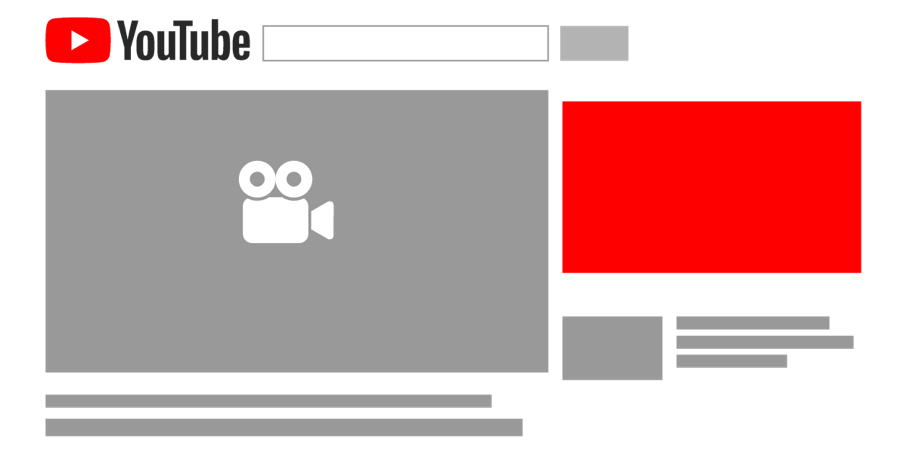
Discovery ads are initially displayed to the user as a thumbnail of the video, combined with little text. If the user clicks on it, they are taken to the video, which plays directly. The size of the ad depends on the placement and playout location of the thumbnail. Costs for discovery ads are only incurred if the user actually clicks on your thumbnail.
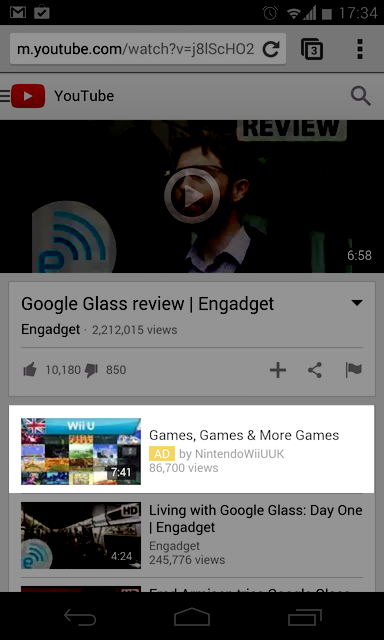
If you want to use Discovery Ads, you need to specify product and brand purchase readiness as the target intent in your Google Ads campaign. Also, the “Create campaign without target intent” option works here again.
This ad type exists only for mobile devices. They are designed to increase the reach of ads on mobile devices and thus reach more potential customers. Interestingly, out-stream ads have so far only been available on pages and in apps from partners of the video platform. The format is not available on YouTube itself. The placements here can vary greatly and depend on the medium through which they were played out and the corresponding partner. Thus, ads can be placed as follows:
It is important to note, however, that the video ad always starts without sound first, and this is only activated when a user clicks on your ad. So you should go for content that works without audio when in doubt.
Billing here is based on the visible CPM. This means that at least 2 seconds of the ad must be viewed before the impression is included in the calculation.

To use this ad format, you must set the target intent Brand Awareness and Reach in your Google Ads campaign. In addition, the format will also work if you select “Create campaign without target intent”.
Masthead ads are a special form of YouTube Ads. They are only available on a reservation basis and through a Google sales representative. They can be played on PC, mobile and also on TV screens. This ad format is particularly suitable if you want to draw attention to new products, services or a market launch. In addition, this format is very promising if you want to reach a large target group within a short period of time.
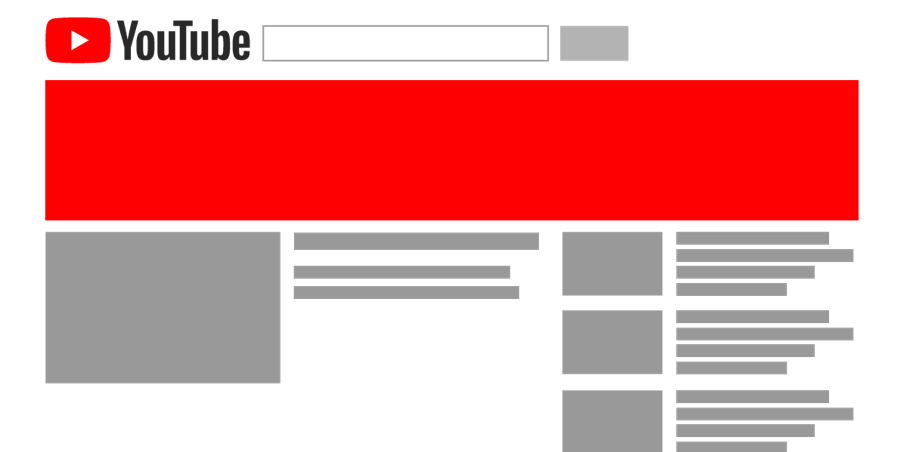
Masthead ads are billed on either a fixed CPD (cost per day) or CPM basis. However, if you want to use the format specifically for TV screens, the only billing option is CPM.
Ads-Format | Placement | Video Length | Billing Method | Target |
|---|---|---|---|---|
Skippable Video Ads | Direct to YouTube Video Apps from Google Video Partners & Google video partner websites | Max. 3 minutes (skip possible after 5 seconds) | CPV as soon as a user looks at the display for more than 30 seconds | Sales, leads, website hits, brand awareness and reach, product and brand purchase readiness
→ In addition: Create campaign without target |
Non Skippable Video Ads | Direct to YouTube Video Apps from Google Video Partners & Google video partner websites | 15 seconds | Target-CPM | Brand awareness and reach
→ In addition: Create campaign without target |
Bumper Ads | Direct to YouTube Video Apps from Google Video Partners & Google video partner websites | Max. 6 seconds | Target-CPM | Brand awareness and reach
→ In addition: Create campaign without target |
Video Discovery Ads | In YouTube search results, next to similar YouTube videos, on mobile YouTube homepage | Displayed only as a thumbnail, therefore the display itself has no time span | CPC as soon as users click on thumbnail | Product and brand purchase readiness
→ In addition: Create campaign without target |
Out-Stream-Ads | Exclusively on apps and websites from Google video partners | No limit | Visible CPM | Brand awareness and reach
→ In addition: Create campaign without target |
Masthead-Ads | In the browser on the YouTube website, in the YouTube app for smartphones, in the YouTube app for smart TVs | Max. 30 seconds on PC, otherwise without limit | Fixed CPM-Basis & CPD-Basis | Target projects cannot be set themselves
→ Ads must be booked via a Google sales representative |
For video ads, too, there are several ways you can target campaigns.
Here you can specify age, gender, parental status or household income of the desired target group.
This targeting method allows you to define your target group in more detail. For example, you can store whether it is a student or a professional or whether your users have other common characteristics.
Interests can be versatile, and so are the possibilities to align the targeting according to them. For the different topics, there is a categorization in which you can classify your users:
Video remarketing allows you to reach users who have already interacted with your videos, ads or YouTube channel. By retargeting these people, you increase the chance that users will be interested in your content again.
This form of remarketing targets people who have visited your website or used your app before. By playing ads to this target group, you can get users interested in your products and/or services again.
Customer matching compares online and offline data. This way, you can use your previously collected data to (re)target customers via YouTube or Google video partners.
For similar target groups, you need an already existing target group list. This serves as a basis for a new list. It contains users who are similar to the target persons of the original list. This function allows you to duplicate target groups that are already working well and increases the reach of your best-performing target group.
To create a video ad, you need a Google Ads account. Here you require to log in and then select Campaigns from the side menu. Use the plus sign to add a new campaign. Depending on which ad format you want to use, you have to enter the corresponding target plans in the following step (see summary in table “The most important facts at a glance“). For the campaign type, select Video, then name the campaign.
After that, you still need to define your bid strategy. You should also fill in the following information:
Do you want to know more about different paid advertising channels?
